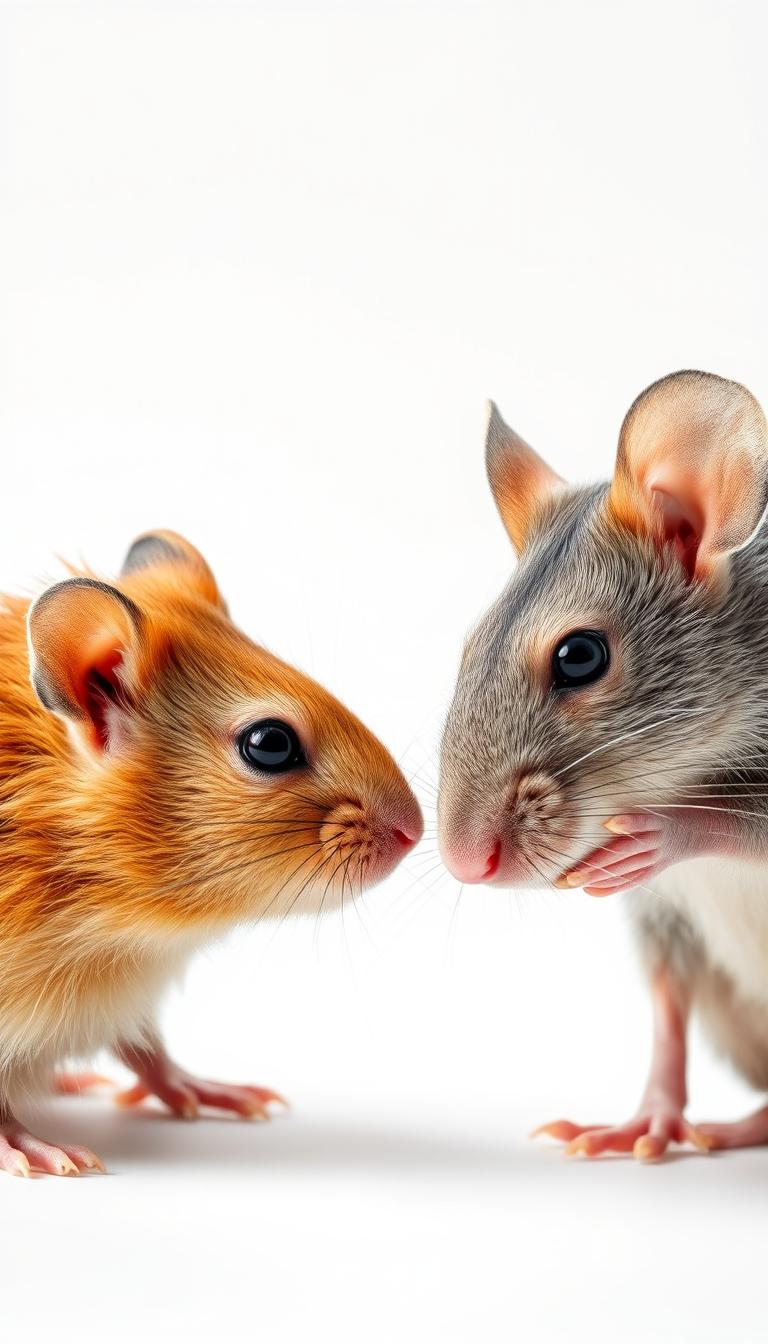Beavers are semi-aquatic, nocturnal rodents with fur on their bodies. They have a blunt head with black eyes and ears on both sides, as well as a wide, flat, scaly black tail with large, webbed feet.
People are sometimes perplexed about how beavers give birth due to their unusual reproduction.
Beavers do not lay eggs because they are placental mammals, meaning that the development of their young one occurs within the womb.
Since the entire development process of the baby occurs within the mother’s womb, the beaver gives birth to the offspring when it is fully formed with fully developed functional systems.

Table of Contents
How Do Beavers Reproduce Their Young Ones?
Mating Period
Female beavers are sexually mature when they are about 3 years old. When two beavers find a mate, they usually stay together for the rest of their lives.
The mating ritual takes place in the water and happens between January and March, and in warm regions between late November and December.
Gestation Period
There are only two species of beavers: Eurasian beaver, which has a gestation period of around 60 to 128 days, and American beavers have a gestation period of about 105 to 107 days.
For roughly three months, baby beavers develop within their mother; generally, they will give birth to kits between April and July. Each year, there is just one litter, and the animals follow a particular seasonal pattern.
Female beavers are placental animals giving birth to their offspring inside a uterus.
They release an egg from their ovary, which travels down the fallopian tube and, if it comes into touch with sperm, it fertilizes the egg, which then embeds itself in the uterine wall of its mother.
During this period, the young beaver is fed by placental tissue via an umbilical cord.
Birth Process
Beavers will give birth in the protection of their river dams. Before birth, the female makes a soft bed in the lodge. The pregnant mother sits when giving birth.
The childbirth process might last anywhere from a few hours to a few days. The baby emerges through a hole at the base of her tail.
They give birth to a litter of one to four which is appropriate because females have four nipples and can only feed four at a time. Newborn beavers are known as kits.
They are born already coated with fur and their eyes open, with incisor teeth that have already erupted when they are born.
Kits are typically 38 cm long at birth, including their tails. They normally weigh between 250 and 600 grams and can be red, brown, or virtually black in color.
Development of Kits
The young grow at a rapid pace, and they can walk on four feet the day they are born. The protein content of the mother’s milk is 11.2 percent, and the fat content is 19 percent. On average, it contains 92.46 kcal/gram of calories.
The offspring breastfeed for two to three months before consuming food foraged by their parents. They remain in the lodge for a month; afterward, they can leave to swim and take in solid foods for more extended periods.
Beavers are often excellent parents; they care for and rear their young with their monogamous mate. Both parents put in a lot of time and effort to ensure their children’s survival.
On land, mothers often carry the kits on their broad tails. Sometimes the kit may occasionally lay on their mother’s back.
They are able to raise their kits for around one to two years before removing them from their colonies shortly before the arrival of a new litter.
They then start their colony, which is usually several kilometers away. They find a monogamous mate at the age of three and begin reproducing depending on the quality of the habitat.
Final Thoughts
One of the defining characteristics of beavers is that they give birth to young ones and raise them on milk from the mammary glands.
The gestation period for beavers (which is just how long the mama beavers are pregnant) varies depending on the species. Baby beavers are called kits and can weigh up to a third of their mother’s body weight when born.










